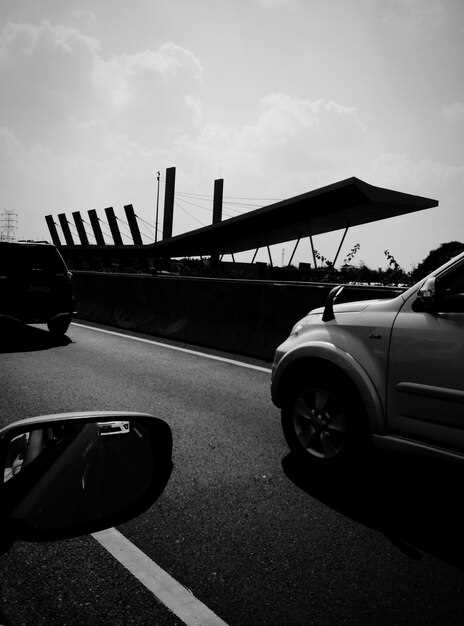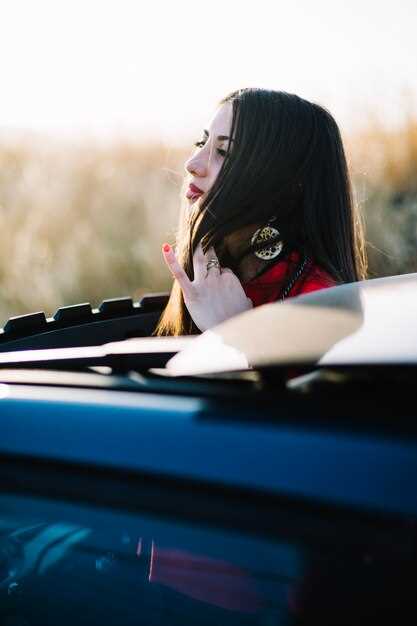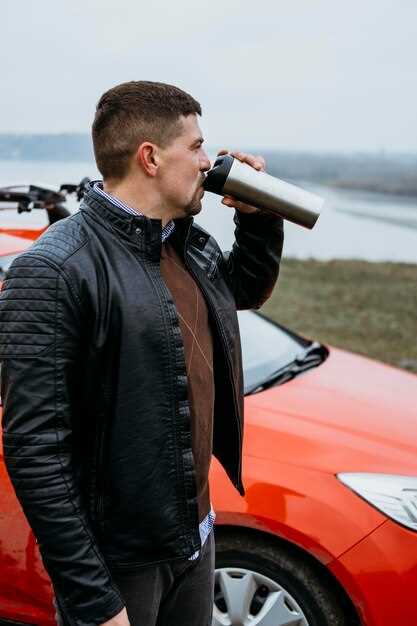
In the world of automotive photography, low angle shots have gained immense popularity due to their ability to emphasize a vehicle’s design and power. By positioning the camera closer to the ground, photographers can create a dynamic perspective that accentuates the contours and aggressive stance of sports cars. This technique not only enhances the visual appeal but also establishes an engaging connection between the viewer and the subject.
The captivating effect of low angles stems from the way they alter the perception of scale and depth. When photographing sports cars from this viewpoint, the dramatic backdrop and surrounding environment can further amplify the car’s features, creating a striking composition. These techniques are essential for capturing the essence of high-performance vehicles, allowing enthusiasts to appreciate their beauty in a way that standard angles cannot achieve.
Furthermore, mastering low angle photography requires an understanding of lighting and angles to produce images that evoke emotion and excitement. Whether you are shooting at sunrise or during the golden hour, the interplay of light and shadow plays a significant role in highlighting the details of a sports car. With careful planning and execution, photographers can elevate their work, showcasing these incredible machines in their best light.
Choosing the Right Shooting Position for Dynamic Low Shots

When it comes to capturing dynamic low shots of sports cars, selecting the appropriate shooting position is crucial for achieving compelling angles. The goal is to create a sense of speed and power, which can be accomplished through strategic placement and posture.
Begin by identifying a location that provides a clear line of sight to the car. Low angles work best when they emphasize the car’s aggressive stance or unique design features. Position yourself at or near ground level, which can enhance the dramatic effect of the shot. This perspective helps make the vehicle appear more imposing and adds depth to the composition.
Consider the background as well; a clean or dynamic background can enhance the overall aesthetic without distracting from the car itself. Look for locations that allow for interesting lines or textures that complement the vehicle. Using a slight upward angle can also create the illusion of motion, enhancing the dynamic feel of the image.
Experiment with various positions by moving closer or further from the car. This can change the visual impact significantly. Moreover, adjust your body position–sitting, kneeling, or lying flat can all yield different angles that may evoke different emotions or responses from viewers.
Lastly, be mindful of the lighting conditions. Shooting during the golden hour–shortly after sunrise or before sunset–can add natural warmth and enhance the dynamic look of your shots. The right shooting position, combined with the appropriate angles and lighting, will elevate your low-angle photographs of sports cars to an entirely new level.
Mastering Camera Settings for Optimal Low Angle Shots
When shooting sports cars from low angles, mastering your camera settings is crucial for achieving stunning shots. The right settings can enhance the dynamic feel of the vehicle and emphasize its design. Start by selecting an appropriate aperture. A lower f-stop (such as f/2.8 or f/4) will create a shallow depth of field, allowing the car to stand out against a beautifully blurred background.
Next, pay attention to your shutter speed. Fast-moving cars require higher shutter speeds (at least 1/500s) to freeze action and avoid motion blur. If you’re capturing a car in motion, consider panning techniques while maintaining an adequate speed to keep the subject sharp.
ISO settings also play an essential role in low angle photography. Use the lowest ISO value (such as ISO 100 or 200) in bright conditions to minimize noise. However, if you’re shooting in low light, don’t hesitate to increase the ISO, balancing quality and exposure for well-defined shots.
White balance settings are vital for capturing accurate colors in different lighting conditions. Set your camera to the appropriate white balance according to your shooting environment, or use a custom setting for precision. This will help to retain the true colors of the car and its surroundings.
Lastly, consider the focus mode. For static shots, single-point autofocus can provide precision. However, for moving subjects, continuous autofocus ensures that your camera tracks the car as it speeds by. Experiment with different angles and perspectives to make the most of these settings, allowing for dynamic and captivating shots.
Utilizing Lighting and Background for Impactful Car Photography

Effective lighting and background selection are crucial for creating stunning low angle shots of sports cars. Natural light is often preferable, as it enhances the car’s curves and details. The golden hour, shortly after sunrise or before sunset, provides a warm glow that can make the vehicle look more appealing. Position the car so that the sunlight highlights its body lines, creating a dynamic effect that draws attention.
When capturing low angle shots, consider the direction of the light. Side lighting can create dramatic shadows, adding depth and dimension to the image. Avoid harsh midday sun that can cause overexposed highlights and unflattering shadows. Instead, opt for diffused light conditions, such as on cloudy days, which can soften the overall appearance while maintaining detail.
The background plays an equally important role in car photography. Select locations that complement the car without distracting from it. Natural settings, urban backdrops, or racetracks can add context and energy to the composition. A clean background enhances focus on the vehicle, while textured surfaces like brick walls or natural landscapes can add interest. Always be mindful of any elements in the background that could detract from the car’s aesthetic.
In post-processing, adjustments to brightness and contrast can further enhance the interplay of light and shadow, creating a more impactful final image. Experimenting with various angles and perspectives ensures that the car stands out while maintaining a visually appealing environment. Combining thoughtful lighting and a strategically chosen background results in powerful low angle shots that grab attention and convey the speed and agility of sports cars.





